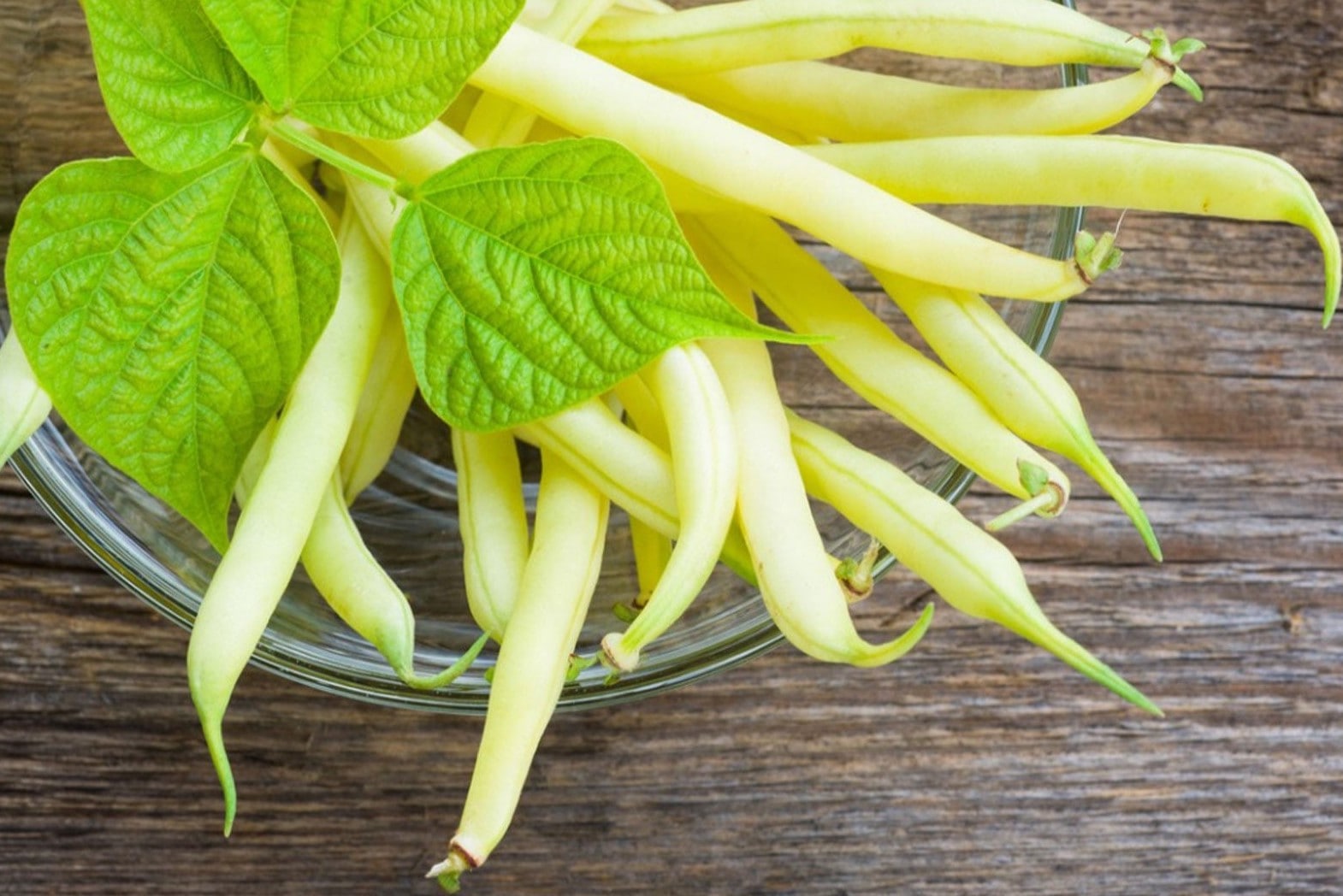
Wax beans, also known as yellow beans, are a delightful twist on the classic green bean. These vibrant veggies bring a pop of color and a unique flavor to your plate. But what makes them so special? Wax beans are not just pretty to look at; they pack a punch in the nutrition department. Rich in vitamins A and C, they support your immune system and eye health. Plus, they’re low in calories, making them a great addition to any diet. Whether you’re a seasoned gardener or a curious cook, learning about these golden gems can add variety to your meals and garden. Ready to dig into some fun facts about wax beans? Let’s get started!
Key Takeaways:
- Wax beans, also known as yellow beans, are rich in vitamins A and C, making them great for healthy skin, vision, and immune function. They are easy to grow and can thrive in various climates.
- With only 31 calories per cup, wax beans are a great option for weight management. They can be eaten raw or cooked, and are perfect for salads and stir-fries.
What Are Wax Beans?
Wax beans, also known as yellow beans, are a type of green bean with a mild flavor and tender texture. They are a popular ingredient in many dishes due to their versatility and nutritional benefits.
-
Wax beans are a variety of common beans (Phaseolus vulgaris). These beans are closely related to green beans but have a distinctive yellow color.
-
The yellow color comes from a lack of chlorophyll. Unlike green beans, wax beans do not produce chlorophyll, giving them their unique hue.
-
Wax beans are rich in vitamins A and C. These vitamins are essential for maintaining healthy skin, vision, and immune function.
Growing Wax Beans
Growing wax beans can be a rewarding experience for gardeners. They are relatively easy to cultivate and can thrive in various climates.
-
Wax beans prefer well-drained soil. They grow best in soil that is rich in organic matter and has good drainage.
-
They need full sun to thrive. Wax beans require at least six hours of direct sunlight each day to grow properly.
-
Planting should be done after the last frost. Wax beans are sensitive to cold, so it's best to plant them in late spring or early summer.
Nutritional Benefits of Wax Beans
Wax beans are not only delicious but also packed with nutrients that can benefit your health in many ways.
-
Low in calories. A cup of raw wax beans contains only about 31 calories, making them a great option for weight management.
-
High in fiber. Fiber is important for digestive health, and wax beans provide a good amount of it.
-
Contain antioxidants. These compounds help protect your cells from damage caused by free radicals.
Cooking with Wax Beans
Wax beans can be used in a variety of dishes, from salads to stir-fries. Their mild flavor makes them a versatile ingredient.
-
Can be eaten raw or cooked. Wax beans are delicious both ways, offering different textures and flavors.
-
Great in salads. Their crisp texture and mild flavor make them a perfect addition to salads.
-
Ideal for stir-fries. Wax beans cook quickly and add a nice crunch to stir-fried dishes.
Historical Facts About Wax Beans
Wax beans have an interesting history that dates back centuries. They have been cultivated and enjoyed by various cultures around the world.
-
Originated in Central and South America. Wax beans were first domesticated by indigenous peoples in these regions.
-
Introduced to Europe in the 16th century. Spanish explorers brought wax beans back to Europe, where they quickly became popular.
-
Grown in many parts of the world today. Wax beans are now cultivated in various countries, including the United States, China, and Italy.
Fun Facts About Wax Beans
Wax beans have some interesting and fun facts that might surprise you. These tidbits can make you appreciate this humble vegetable even more.
-
Also known as "butter beans." This nickname comes from their buttery color and smooth texture.
-
Used in traditional medicine. Some cultures use wax beans for their purported health benefits, such as improving digestion and reducing inflammation.
-
Can be pickled. Pickling wax beans is a great way to preserve them and add a tangy flavor.
-
Popular in French cuisine. Wax beans are often used in French dishes, such as the classic "Salade Niçoise."
-
Easy to grow in containers. If you don't have a garden, you can still grow wax beans in pots on your balcony or patio.
The Final Bean
Wax beans, with their vibrant yellow hue, are more than just a pretty veggie. Packed with vitamins and minerals, they offer a nutritious punch. Whether you’re a fan of their crisp texture or their mild flavor, these beans can fit into many dishes. From salads to stir-fries, they’re versatile and easy to cook. Plus, growing them in your garden is a breeze, making them a favorite for both novice and seasoned gardeners.
Remember, they’re not just tasty; they’re also good for you. Rich in fiber, they aid digestion and keep you feeling full longer. So next time you’re at the market, grab a bunch of wax beans. Your taste buds and body will thank you. Happy munching!
Frequently Asked Questions
Was this page helpful?
Our commitment to delivering trustworthy and engaging content is at the heart of what we do. Each fact on our site is contributed by real users like you, bringing a wealth of diverse insights and information. To ensure the highest standards of accuracy and reliability, our dedicated editors meticulously review each submission. This process guarantees that the facts we share are not only fascinating but also credible. Trust in our commitment to quality and authenticity as you explore and learn with us.


